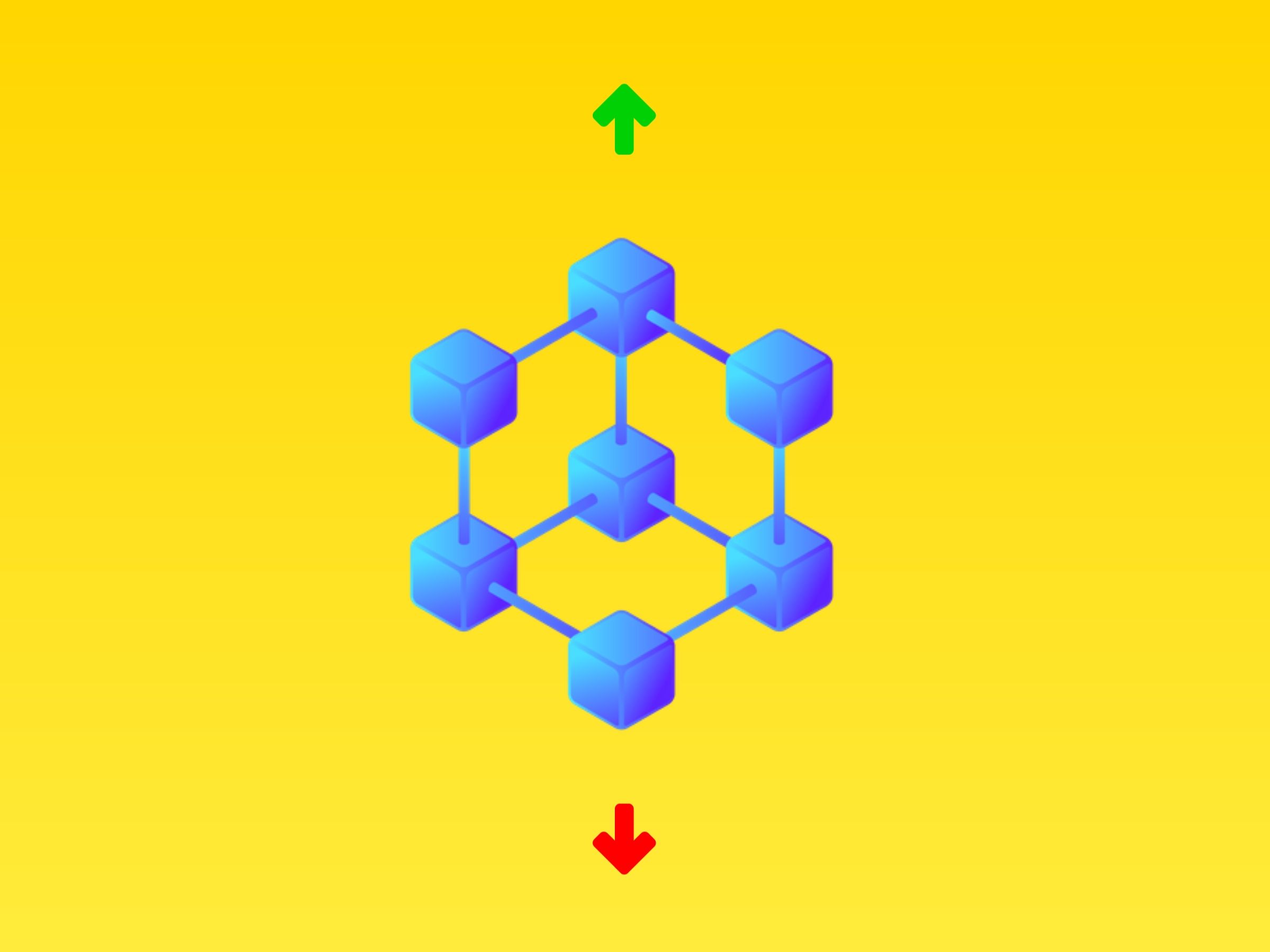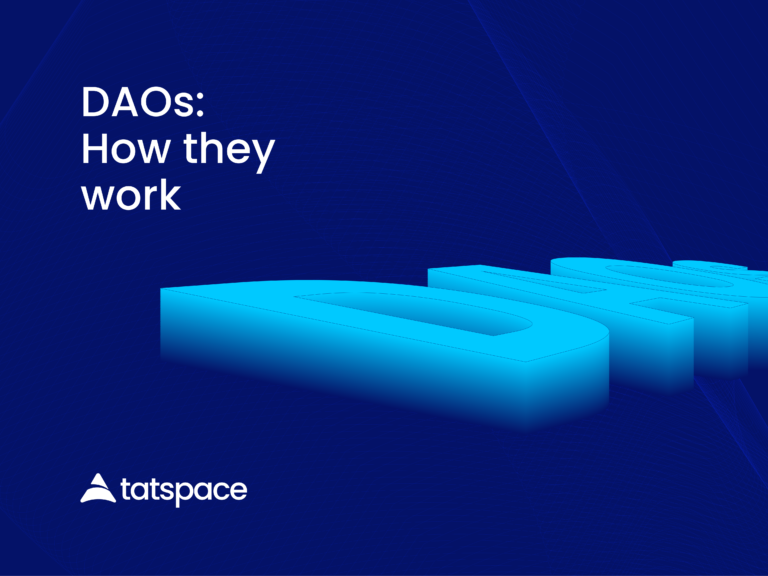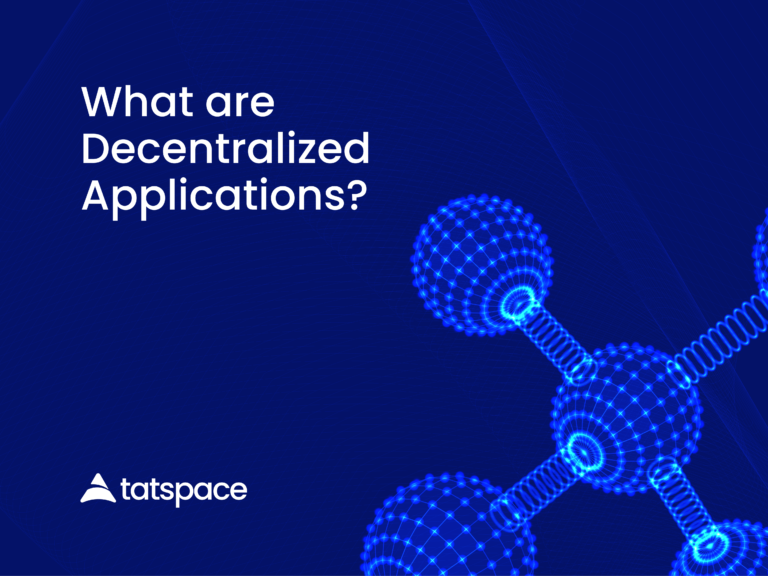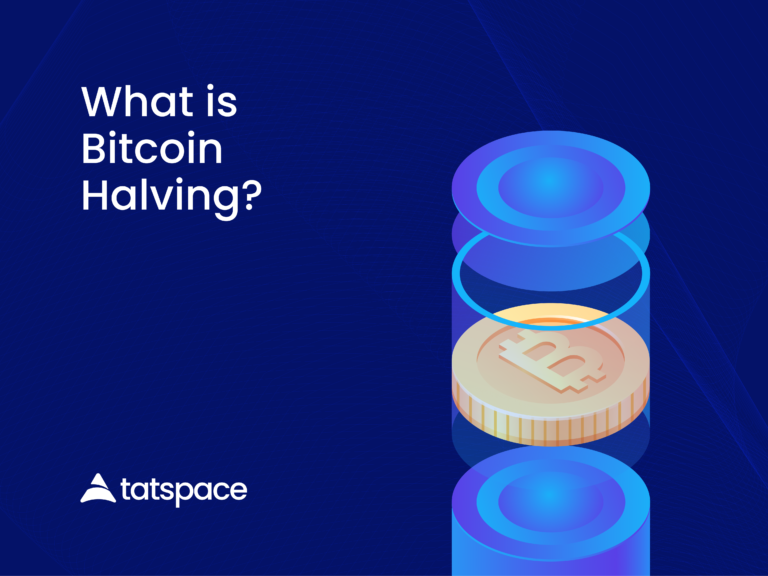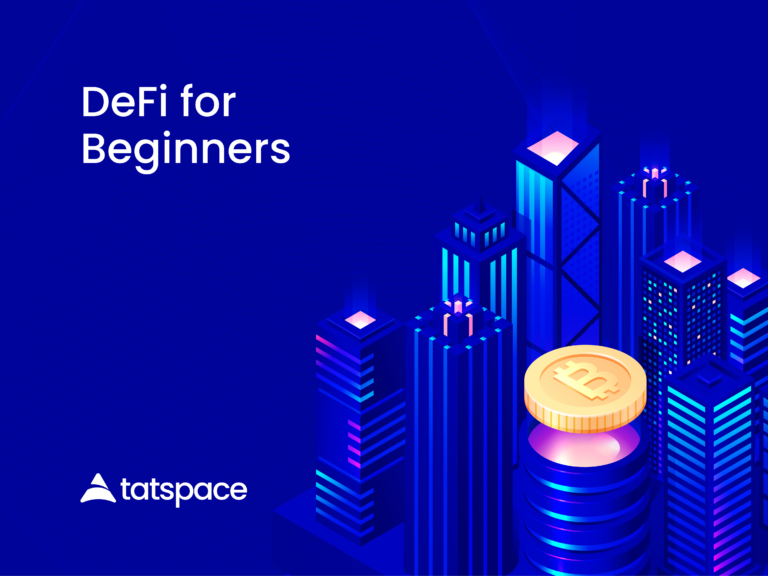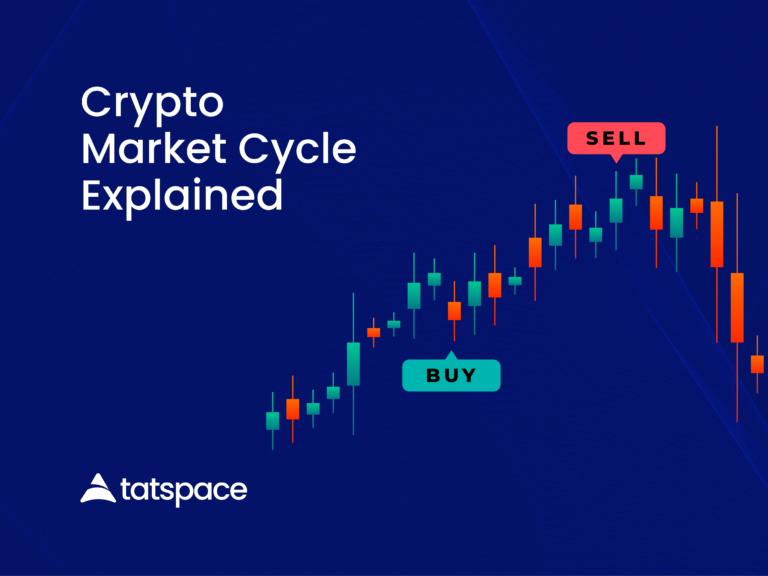A blockchain mostly functions as a distributed digital ledger when specifically designed as a decentralized database.
This blockchain as a ledger records and stores data in blocks.
These blocks are arranged chronologically and linked through cryptographic proofs.
With blockchain technology, many industries have seen a lot of benefits.
This is because it provides additional security in a trustless environment.
Nevertheless, its decentralization also has some drawbacks.
For instance, blockchains are less efficient and require more storage space than centralized databases
Advantages Of Blockchain Technology.
Distributed
Since a distributed network of nodes acts as blockchain data storage, the system and the data are highly resistant to technical errors and unauthorized access.
The network nodes are capable of replicating the database and storing a copy of it.
This eliminates any single point of failure.
If a network node goes down, the entire system remains available and secure.
On the other hand, many conventional databases are vulnerable to technical failures and cyber-attacks because they rely on a single or few servers.
Stability
Unlike unconfirmed blocks, confirmed blocks are almost impossible to reverse.
Hence, once data is incorporated into a blockchain, it is very hard to change or remove.
Because the ledger is distributed and public
The Blockchain is an excellent technology for the storage of financial records or any other data where an audit trail is required since every change is tracked and forever recorded on the ledger.
Using blockchain technology, a business can prevent its employees from engaging in fraudulent behaviour.
A blockchain record could provide a stable and secure record of all financial transactions that take place within the company.
Employees would find it much more difficult to conceal suspicious transactions.
Trustless system
Transactions in traditional systems usually involve three parties, the third usually being the intermediary – like the bank, payment provider, etc.
Blockchain technology eliminates this step because the distributed network of nodes verifies transactions through a process known as mining.
As a result, Blockchain is sometimes called a ‘trustless’ system.
In addition to eliminating the need to trust a single organization, blockchain systems also reduce costs and fees by eliminating the need for intermediaries.
Drawbacks of Blockchain Technology
51% Attacks
Bitcoin’s Proof of Work consensus algorithm has been very efficient over the years.
Blockchain networks are vulnerable to a few possible attacks and 51% attacks are among the most popular.
Such an attack might take place if a single entity acquires more than 50% of the network’s hashing power.
Which would allow them to disrupt the network by deliberately excluding or changing the order of transactions.
Although 51% attacks on the Bitcoin blockchain are theoretically possible, they have never been successful occurrence.
Security generally increases with the size of the network, so it is unlikely that miners will invest large amounts of money and resources into attacking Bitcoin, as there will be rewards for such acts.
However, a successful 51% attack can only affect the most recent transaction for a short amount of time since blocks link to each other using cryptographic proofs (changing older blocks would require enormous processing power).
Furthermore, Bitcoin’s blockchain is incredibly resilient, which means it would quickly respond to any attack.
Data modification
Additionally, blockchain systems have the disadvantage of being extremely difficult to modify once data has been added to them.
Despite being one of blockchain’s advantages, stability isn’t always desirable.
Blockchain data or code changes are often very laborious and require a hard fork.
This usually involves abandoning one chain in favour of another.
Private keys
To give users ownership of their cryptocurrency units (or any other blockchain data), blockchain uses public-key (or asymmetric) cryptography.
Blockchain addresses each have a corresponding private key. You can share these addresses, but keep the private keys private.
To access funds, users must have their private key, which means they act as their own bank.
As a result, it is effectively impossible for a user to recover money lost due to the loss of their private key.
Inefficient
Blockchains, particularly Proof of Work-based chains are inefficient.
As mining is highly competitive and one person wins every ten minutes, every other miner’s work goes to waste.
Currently, the Bitcoin network consumes more energy than many countries, including Denmark, Ireland, and Nigeria.
This mostly is as a result of miners constantly trying to boost their computational power in order to have a greater chance of finding a valid block hash.
Storage
Ledgers on blockchains can grow incredibly large over time. The Bitcoin blockchain today, for instance, requires 200GB of storage.
There is a growing gap between the size of blockchains and the size of hard drives, and the network may lose nodes if the ledger becomes too large for users to download and store.
Wrapping it up
While blockchain technology has some downsides, it also offers some unique benefits, so it is a technology you shouldn’t ignore.
While mainstream adoption of blockchain remains a long way off, many industries are gaining a better understanding of its advantages and disadvantages.
It is likely that businesses and governments will experiment with new uses of blockchain to discover its greatest benefits in the next few years.

